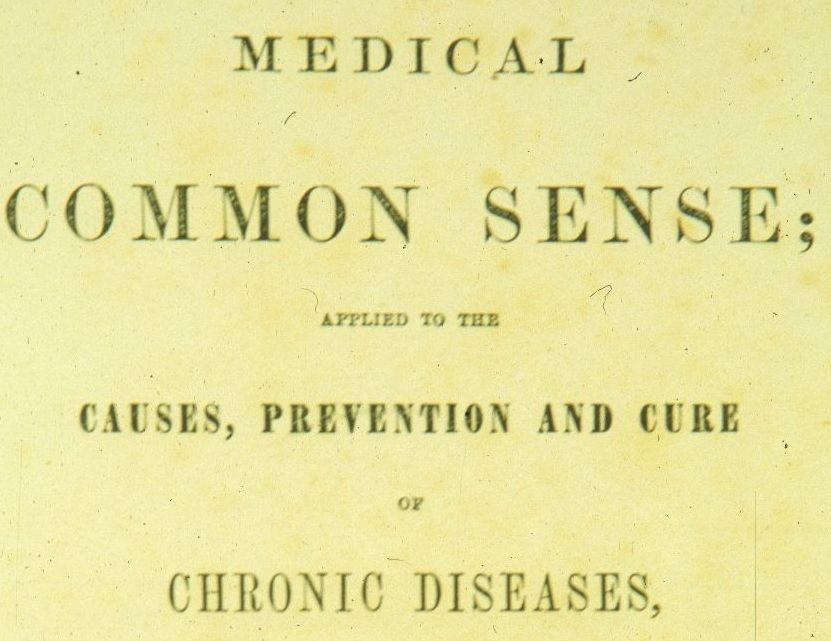Article
A DMARD by Any Other Name: New Classifications Proposed
Acronym alert: European rheumatologists are proposing new subtypes of disease-modifying antirheumatic drugs, prompted by advances in methods of drug development.

For rheumatologists today, presumably, it’s a formality to point out that DMARD is the acronym for disease-modifying antirheumatic drug. Prepare now to encounter a new set of acronyms for drugs used in rheumatology: Specialists in Austria and The Netherlands are proposing a new system for classifying DMARDs.
What inspired their rethink of the way we refer to these medications is the evolving shift in the methods used to create them. “This new classification was prompted by the recent development and approval in some parts of the world of biosimilar biologics and novel synthetic … DMARDs that targeted a particular set of signal transduction molecules,” said Josef Smolen MD, professor of medicine in the division of rheumatology at the Medical University of Vienna, in an email.
Currently, DMARDs are separated into two general categories:
• Synthetic DMARDs (sDMARDs): drugs whose anti-rheumatic activities were found empirically through conventional drug development: manufacturing a new drug and then looking for its target actions.
• Biological DMARDs (bDMARDs): drugs developed to target specific molecules, such as a cell surface receptor or the active site of an enzyme.
While all DMARDs by definition modify rheumatic disease processes, there is a fundamental difference in modes of action between the two forms. All biologics used in rheumatology today are either receptor constructs or monoclonal antibodies, or are biosimilars derived from monoclonal antibodies using genetic technology, Smolen explained. Biologics, which are designed to target a particular molecule that plays a role in disease activity, usually cannot enter cells. Synthetic chemical compounds, on the other hand, do enter cells, where they produce their effects by interfering with processes inside the cells.
The new proposal is to split the current categories into four subcategories:
I. Synthetic DMARDs:
a. csDMARDs (conventional synthetic DMARDs): antirheumatic drugs designed the traditional way, such as methotrexate or sulfasalazine;
b. tsDMARDs (targeted synthetic DMARDs): oral, synthetic drugs such as tofacitinib, designed with a specific molecular target in mind.
II. Biological DMARDs:
a. boDMARDS (biological originator DMARDs): all original biological compounds
b. bsDMARDs (biosimilar DMARDs).
According to Smolen, this distinction was motivated by the recognition that bsDMARDs are “copies” of the original biologics, sharing most but not all features of the parent compound.
“For practicing rheumatologists this nomenclature allows a better distinction between particular subgroups of agents within the two large families of DMARDs, the synthetic and the biological DMARDs. The distinction will allow better assessment of efficacy and safety aspects,” Smolen emphasized.
While the new subcategories for biologics might make logical sense, the subcategories for synthetic
agents may be problematic, according to Bruce Cronstein MD, professor of medicine at New York University School of Medicine. The distinction between tsDMARDs and csDMARDs does not provide direction for new drug development or the appropriate use of synthetic DMARDs, he points out, since the new classification is based strictly on the development process rather than on shared targets, toxicity or efficacy.
“The ‘csDMARDs’ are comprised of a group of chemically dissimilar drugs with very different actions and toxicities that are used in differing circumstances by most rheumatologists,” Cronstein wrote in an email. “By this type of classification scheme aspirin, which was developed over a century ago without knowledge of its molecular target, would be in a different class of drugs from all of the NSAIDs that were developed after the molecular target, cyclooxygenase, was identified.”
REFERENCE:
Smolen JS, van der Heijde D, Machold KP, Aletaha D, Landew R. Proposal for a new nomenclature of disease-modifying antirheumatic drugs. Ann Rheum Dis. 2013 Sep 26. doi: 10.1136/annrheumdis-2013-204317. [Epub ahead of print]




